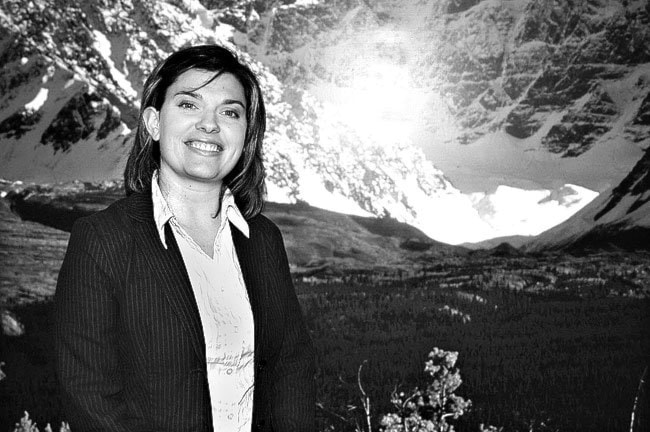In the early 1880s, little was known about the Yukon in the rest of the world.
All that would change in 1886, when a gold strike focused attentions on the Fortymile River, located just inside the Canadian border.
The strike attracted a small number of gold seekers to the area, and with the increased population, the Canadian authorities saw a need to stake Canada’s claim in the North.
Insp. Charles Constantine was just the man for the job.
Strangely enough, Constantine, one of the first Mounties to serve in the Yukon, was actually born in England.
Constantine was born in Yorkshire in 1846, and soon after immigrated to Lower Canada with his parents.
After a career in the militia, he joined the North West Mounted Police in Manitoba in 1885.
On May 20, 1894, Constantine and companion S/Sgt. Charles Brown set out for the remote region, and nearly two and a half months later they arrived at Fort Cudahy near the town of Fortymile.
At that time there were only about 1,000 miners, traders and trappers in the territory.
Fortymile was home to about 260, and in 1893 Constantine estimated the gold taken from that area totaled $300,000.
Constantine spent just four weeks in the North on that trip, but it was enough time for him to figure out that the American miners were in control of the Canadian territory.
In the fall of 1894, Constantine returned to Ottawa and recommended a substantial force of at least 50 Mounted Police was needed in the Yukon.
He asked for men that were “from 22 to 32 years of age, of large and powerful build, - men who do not drink. It should be remembered that they are alone in the country ... shut out from the outer world for eight months of the year.”
After much procrastination, federal authorities consented to send 20 men to the Yukon under Constantine’s command.
The contingent returned in 1895, and built Fort Constantine, the most northerly police post of its day.
For the first year, the Mounties spent most of their time logging, hauling and building their new detachment. They endured mosquitoes, black flies, isolation, a monotonous diet and extreme cold. Crimes however, were rare.
The Mounties faced the first real test of their authority in 1896, when the miners meeting in Glacier Creek ordered the sale of claims to cover wages owed.
The Mounties refused to register this illegal transaction.
Insp. Strickland marched 12 armed men 48 kilometres from Fort Constantine to Glacier Creek, removed the illegal occupants and returned the claims to the rightful owners.
With that act, the Mounties had firmly established their control in the Yukon.
Unbeknownst to them, however, their greatest challenge, policing the Klondike Gold Rush, was just about to begin.
More men arrived in 1897 and were placed throughout the Yukon valley when the gold rush reached its peak in 1898, by which time Constantine had been replaced by Superintendent Sam Steele.
Constantine’s northern service was not over, however.
In 1902, he was sent to establish detachments at Herschel Island and Fort McPherson, Northwest Territories.
He arrived in Fort McPherson in July with five other members including Francis Joseph Fitzgerald.
Constantine rented a building to serve as their quarters, instructed Fitzgerald to proceed to Herschel Island, and headed for home.
The intent was that these posts would be temporary operations where American whalers could be made to pay customs duties.
In 1905, Constantine led an attempt to build a land route from Edmonton to Whitehorse via Teslin, Yukon. This project was ill-conceived and never finished.
In 1912, Constantine died of typhoid and was buried in Winnipeg with full military honours.
This column is provided by the MacBride Museum of Yukon History. Each week it will explore a different morsel of Yukon’s modern history. For more information, or to comment on anything in this column e-mail lchalykoff@macbridemuseum.com.
